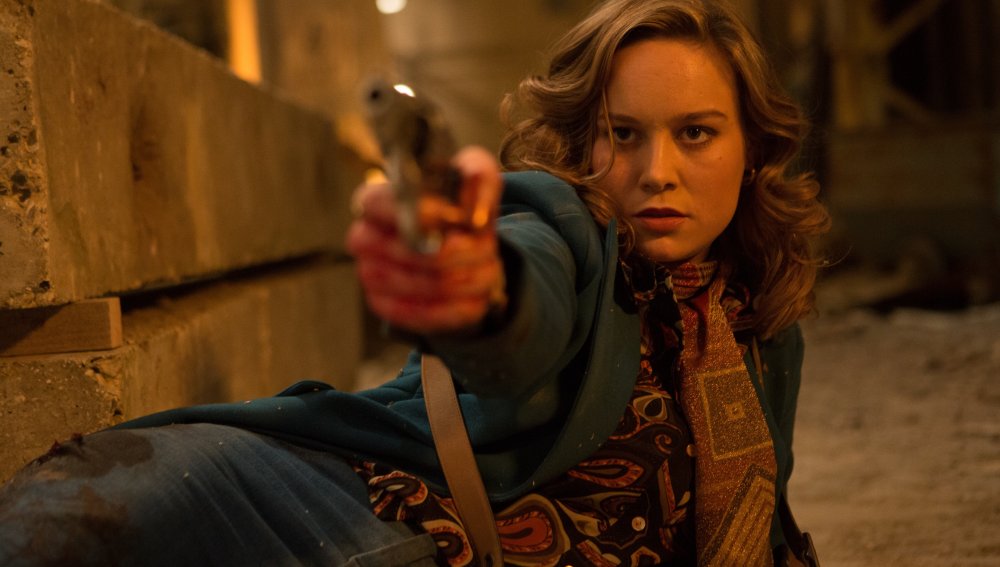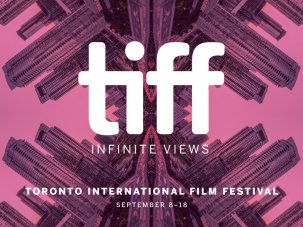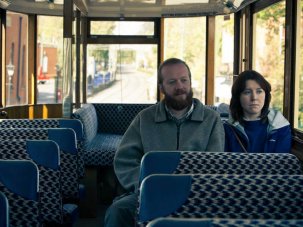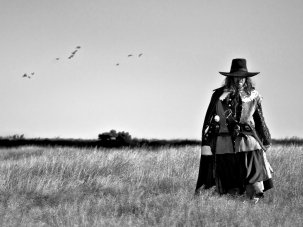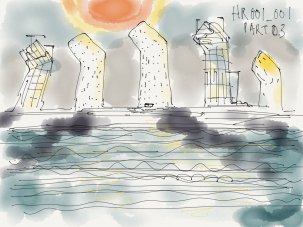Ben Wheatley’s latest film Free Fire – his blackly British twist on the 70s-style American gangster movie – is a welcome back-to-basics crowd-pleaser. After experimental effort A Field in England and the high-minded High-Rise, Free Fire sees him circle back to comedy, the space he knows best.
Brie Larson’s Justine is set to broker a gun deal between IRA members Chris (a moustachioed Cillian Murphy) and Frank (frequent Wheatley collaborator Michael Smiley), and gun dealers Vernon (Sharlto Copely) and Ord (Armie Hammer), when a personal grievance between their respective accomplices throws a spanner – or more accurately, a rifle – in the works. Miscellaneous snipers are also woven into mix (“I hate these fucking freelance jobs”) and so for the next hour, Free Fire delivers on the promise of its title, playing out as a chaotic, extended shootout that sees bodies bloodied and egos wounded.
Constraining most of the action to a single setting – a grotty concrete warehouse in 1970s Boston – Wheatley and screenwriting partner Amy Jump create a controlled environment for their ensemble cast to let loose in. The effect is theatre-like – a kind of one-room play whose structured space breeds relaxed, good-humoured performances from all involved. Larson is typically tough-as-nails as the film’s lone woman; Sam Riley’s sweaty, manic junkie is an enjoyable foil to Jack Reynor’s snarky, sadistic driver Harry; Hammer’s turn as the suave Ord is easily his best since his split turn as the Winklevoss twins of The Social Network.
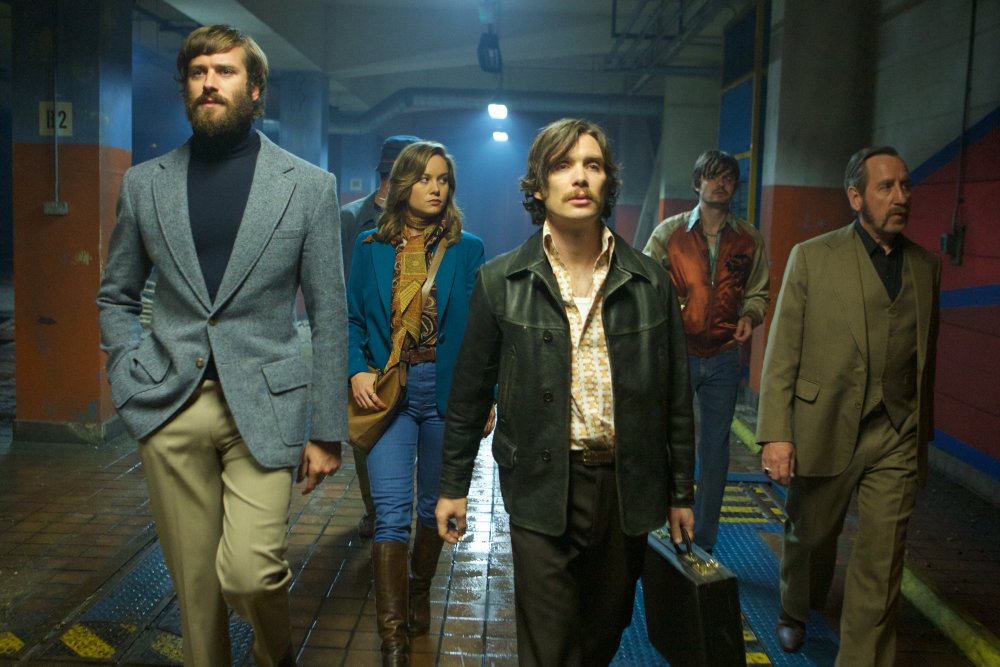
However, the film’s real star is Copely, who is particularly enjoyable to watch as the vain, bumbling Vern, his South African accent baffling both the American and Irish gangsters. He also gets some of the film’s best lines (“Watch and Vern!” he says smugly before misfiring). “If no one’s listening I guess we’re all friends,” offers Ord at the beginning of the film, suggesting Wheatley has struck gold with this particular alchemy of actors. Indeed, their playful chemistry eases the inanity of the film’s actual plot (or lack thereof).
Wheatley keeps his camera low to the ground and close to the action; it lurches and swings, panning from person to person with dizzying speed. This is occasionally disorienting (it’s no surprise when one character cries “I forgot which side I’m on!”), but the film’s high-octane fast cutting and heavy use of handheld animates the otherwise static setting. Wheatley’s technical ability to choreograph extended action sequences and manoeuvre through them with apparent ease is not to be overlooked; what might be messy in less capable hands is simply dynamic here. The film’s fiery energy is amped up by its suitably warm lensing, all oranges, browns and rusty reds.
Both Free Fire and High-Rise make much more sense knowing that he shot the pair back-to-back. If High-Rise was (arguably to its detriment) convoluted, sprawling and ambitious, Free Fire forms the other side of the coin: plotless, digestible and squarely within Wheatley’s comfort zone – which is precisely why it works. The cartoonish violence, the dark humour and the controlled chaos of his hyperactive camerawork are familiar Wheatley territory – but packed snugly into Free Fire’s tight run time (the film is a tidy 93 minutes), there’s little margin for error.
-
The Digital Edition and Archive quick link
Log in here to your digital edition and archive subscription, take a look at the packages on offer and buy a subscription.




